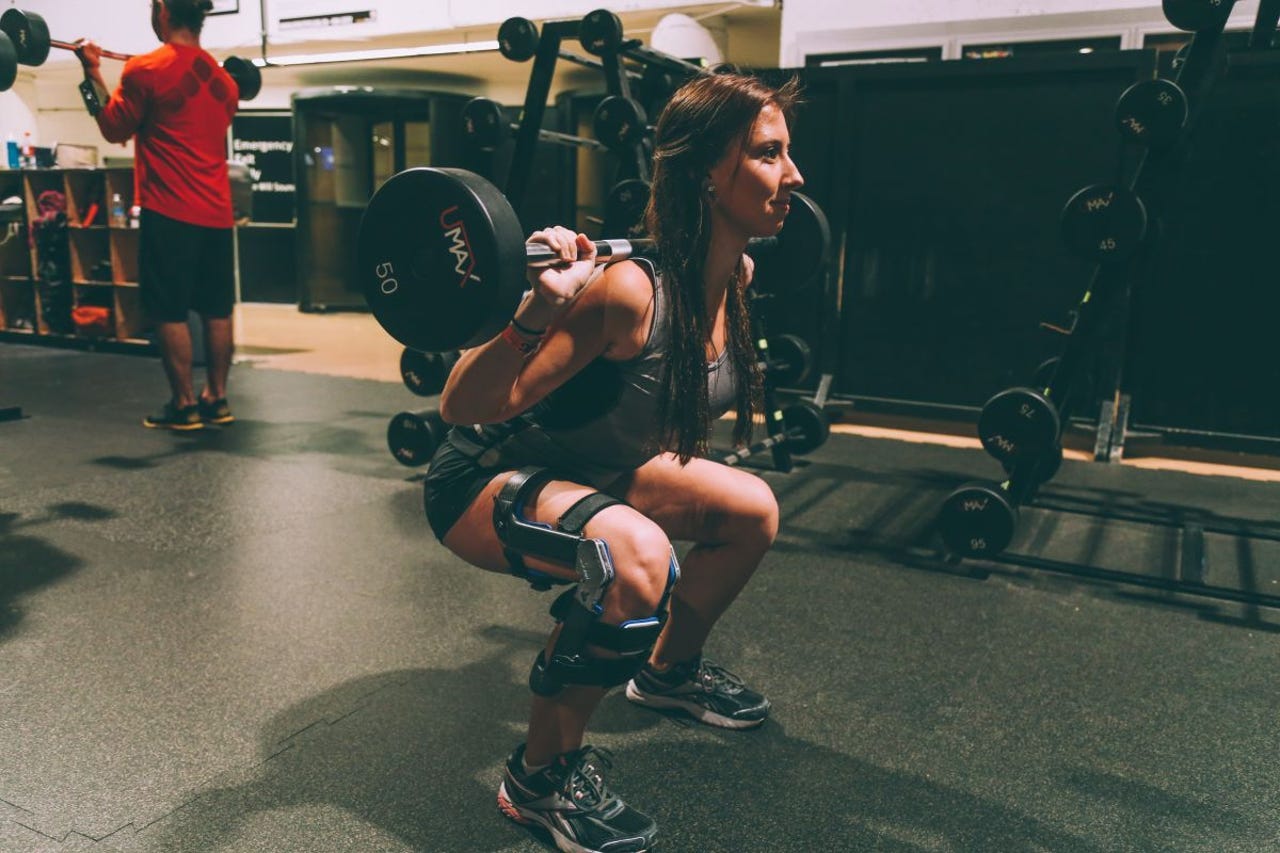No motors required: A passive bionic device for consumers is on its way


Robotics
In December I wrote about passive bionic braces, which could ease strain and enhance the physical capabilities of the average human without using bulky motors.
Now Spring Loaded Technology, maker of a passive bionic knee brace that's likely to be the first compelling consumer entrant in the category, has launched an Indiegogo campaign. With over half the funding goal met after the first day, it's off to a hell of a start. Clearly a lot of folks want to leap tall buildings in a single bound (or maybe just have creaky knees).
Unpowered or passive bionic devices offer a tantalizing alternative to costlier powered braces and exoskeletons. Compact and comparatively inexpensive, they use clever engineering to reduce strain and increase biomechanical efficiency without the use of motors or batteries.
A few passive bionic devices are already seeing limited use in industry. Swiss startup Noonee developed what it's calling the Chairless Chair, a wearable device that helps industrial workers avoid repetitive strain injuries by allowing them to effectively sit down while maintaining a standing position.
Ekso Bionics, which makes powered exoskeletons, also recently unveiled a passive full-body exoskeleton that allows workers to hoist heavy tools overhead for long periods. Another powered exoskeleton developer, Cyberdyne (no relation to the doomsday-heralding creator of Skynet), is testing a passive lumbar support device for airport personnel who have to hoist heavy bags all day.
Spring Loaded's Levitation brace is based on similar technology found in the firm's military grade, bionic knee brace, UpShot. While Spring Loaded recently secured a contract to supply UpShot to the Canadian Forces, the release of Levitation on Indiegogo represents the launch of the company's first consumer product line.
"Our brace stores kinetic energy as you bend your knee and then releases that energy when you straighten your leg," Chris Cowper-Smith, CEO of Spring Loaded, told me in a recent phone call. "It's a simple concept, although the engineering behind it is very involved."
The potential market for a knee brace that can reduce strain and enhance the body's already impressive physical efficiency and performance is huge. The knee is the most commonly injured joint in the body. Lots of people live with chronic knee pain, also. Something on the order of 52.5 million Americans suffer from arthritis and with rising life expectancies your risk of knee osteoarthritis is a cringe-worthy 45%. Americans tend to have some extra bulk around the mid-section, and that's hell on the knees.
The Spring Loaded brace uses a liquid spring that acts as a shock absorption system. When you squat wearing the brace, you can hold the position with minimal effort. You feel buoyant. When you initiate movement the brace will help propel you upward as though you've lost 50 or 100 pounds. It's being marketed at athletes to improve performance and as an off-the-shelf medical device to help those with joint pain.
Pre-orders of the Spring Loaded brace are now available through the Indiegogo campaign page for $1,199, a fraction of the retail cost set at $2,500. Designer models are available in customizable colors, and a specialized skiing version of the brace is also available. Levitation is expected to be 80% reimbursable under most insurance plans when used in medical cases.